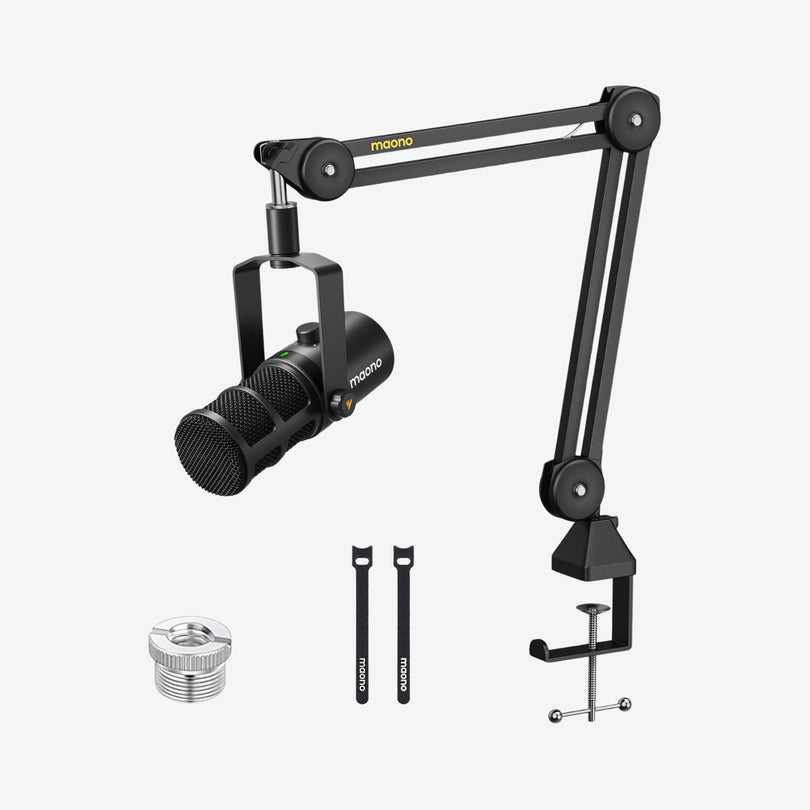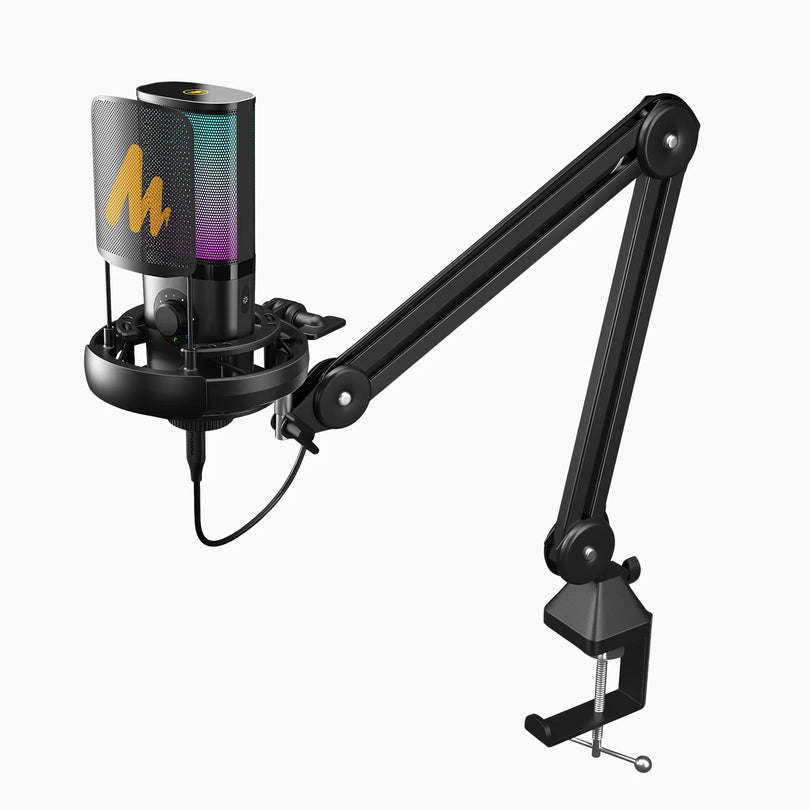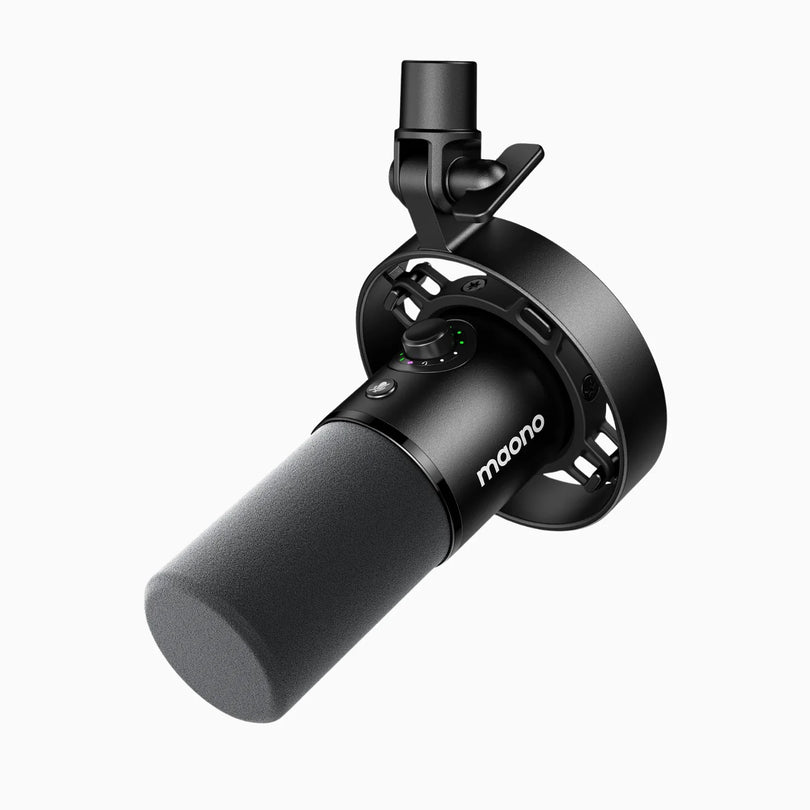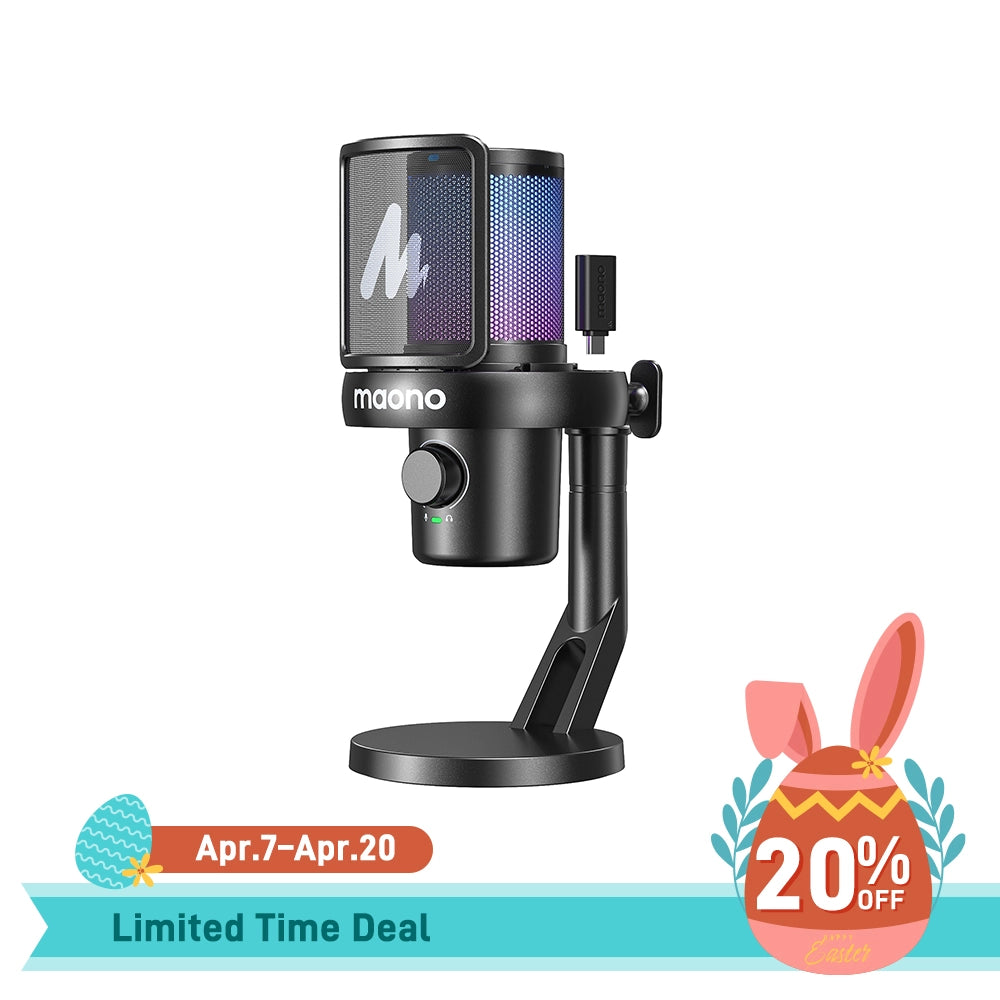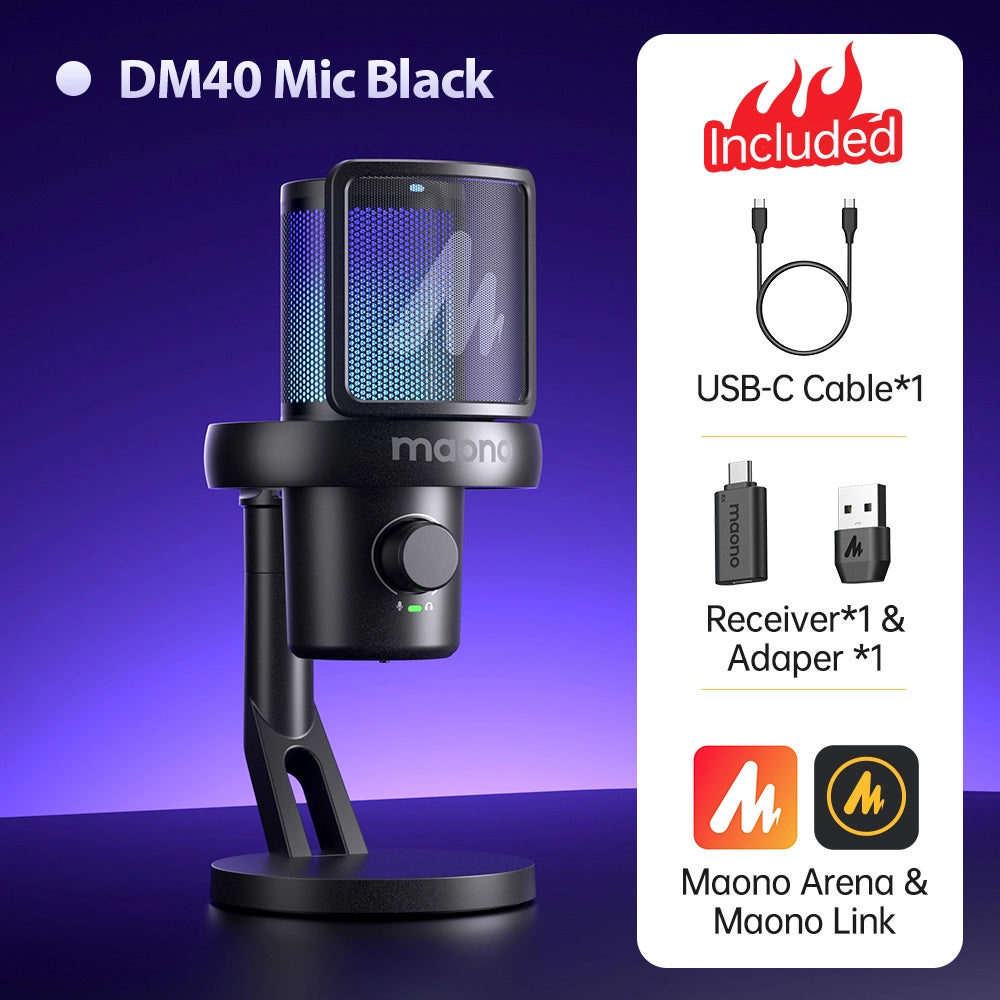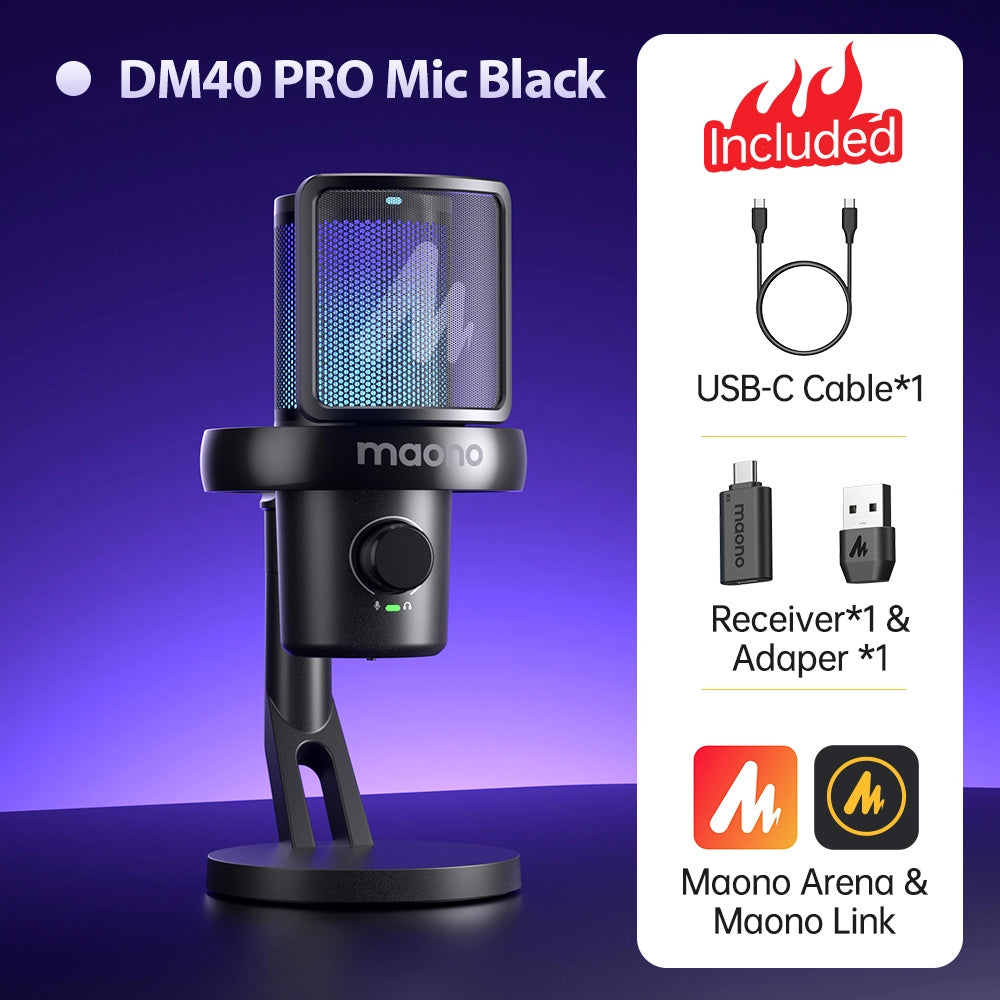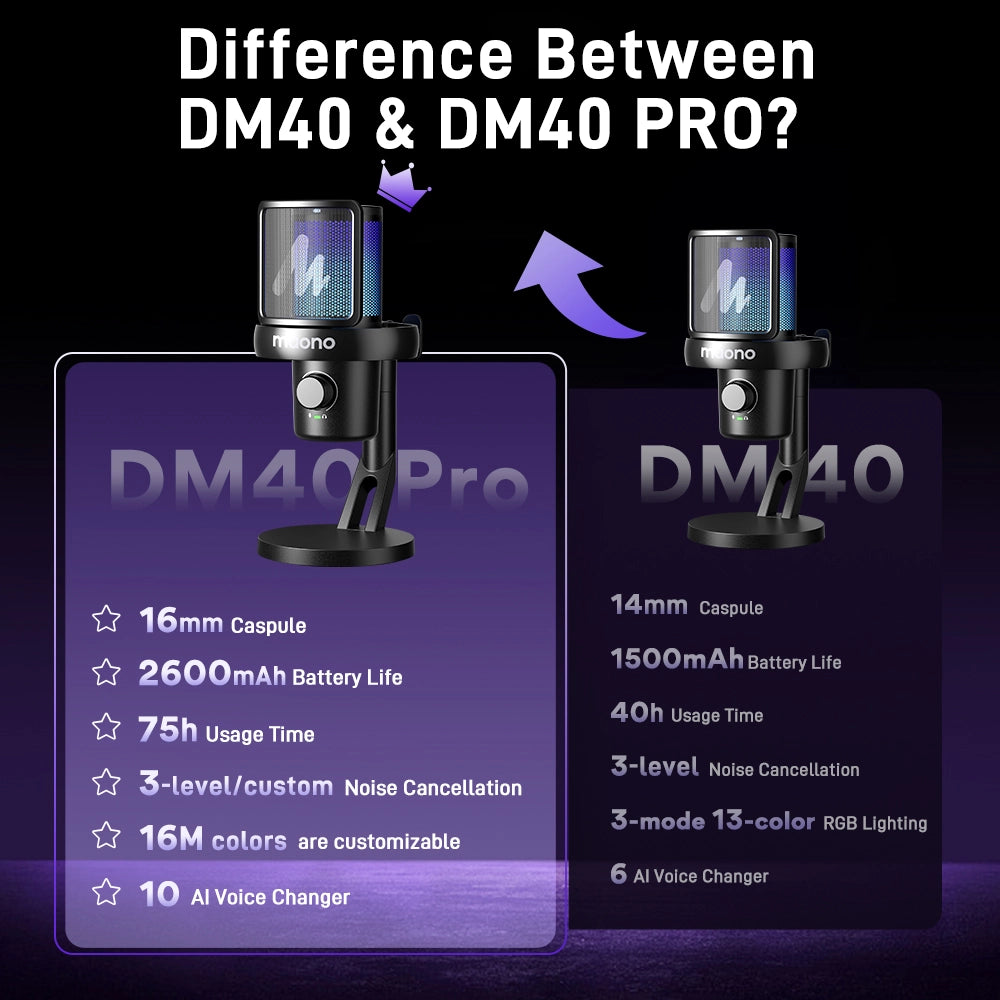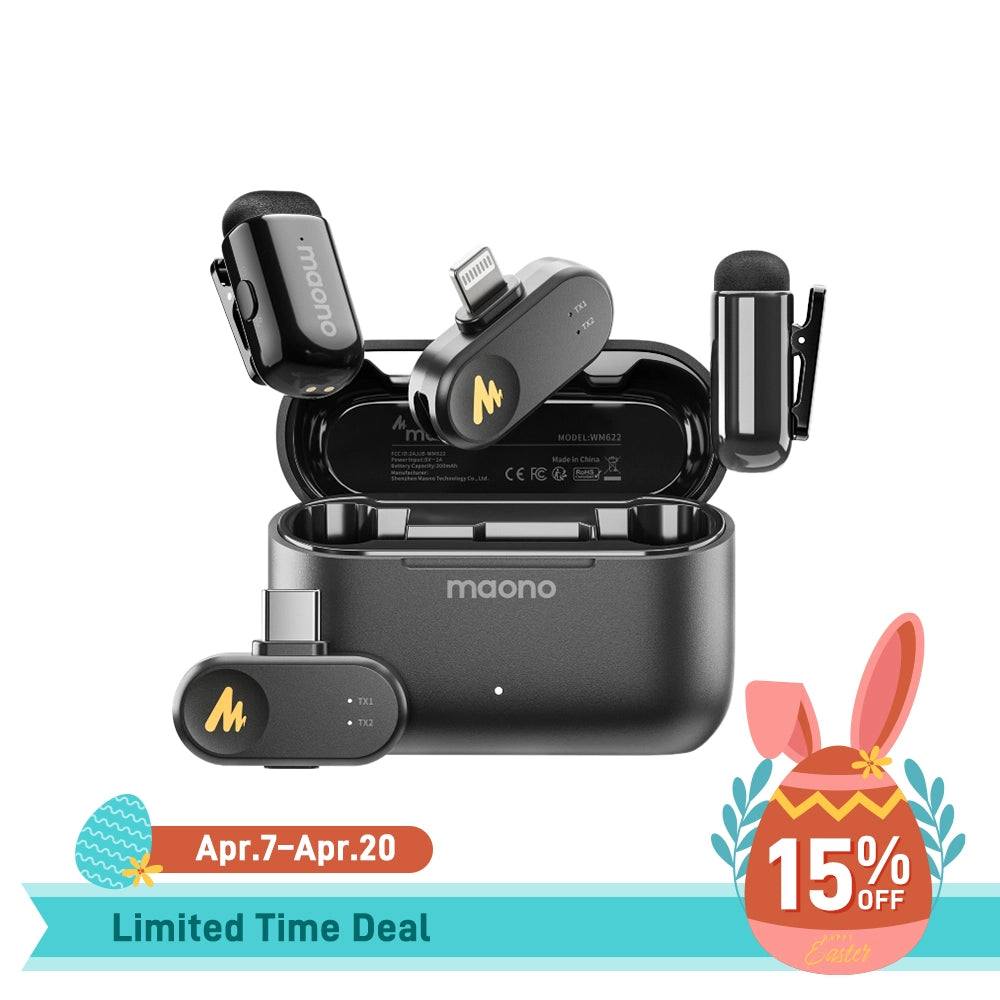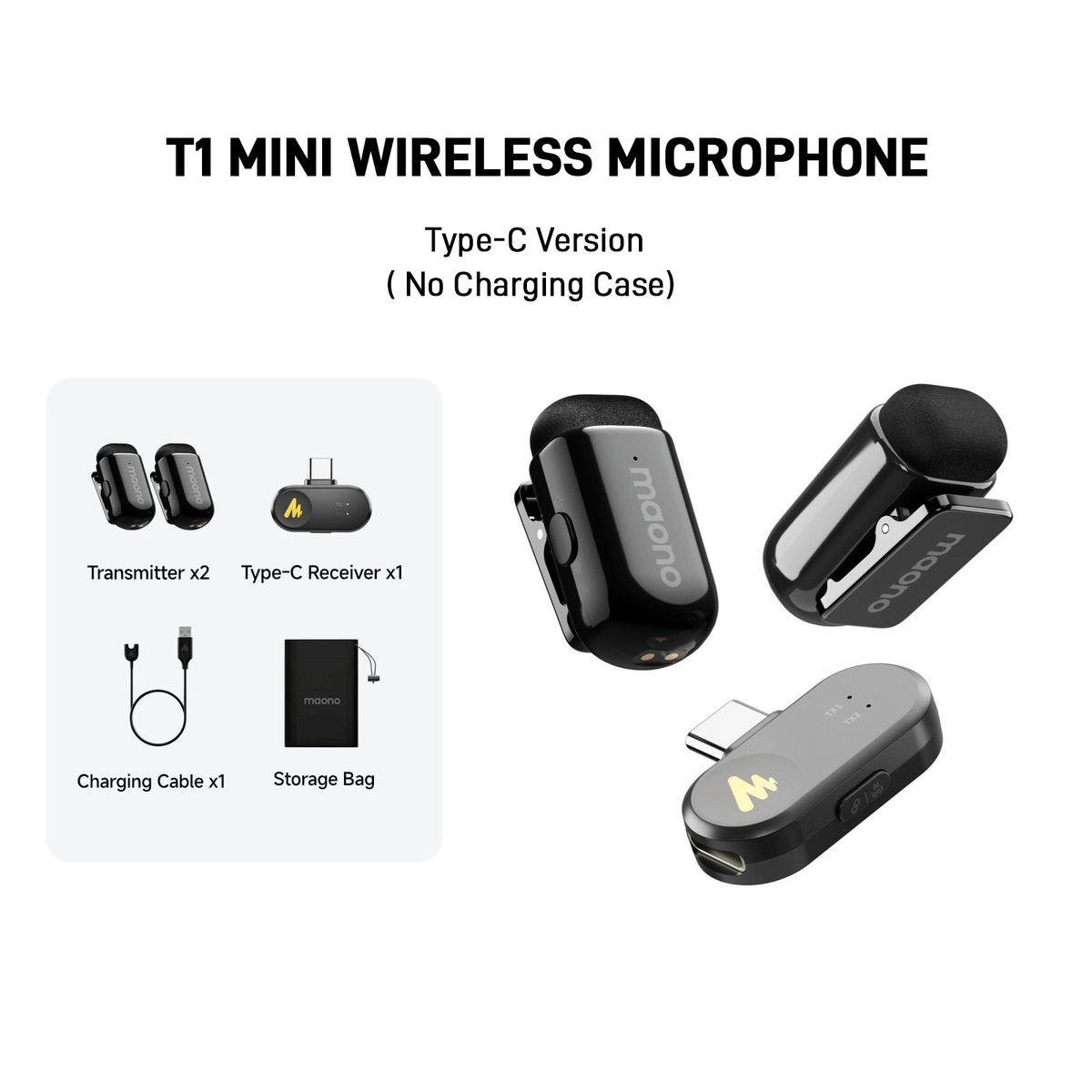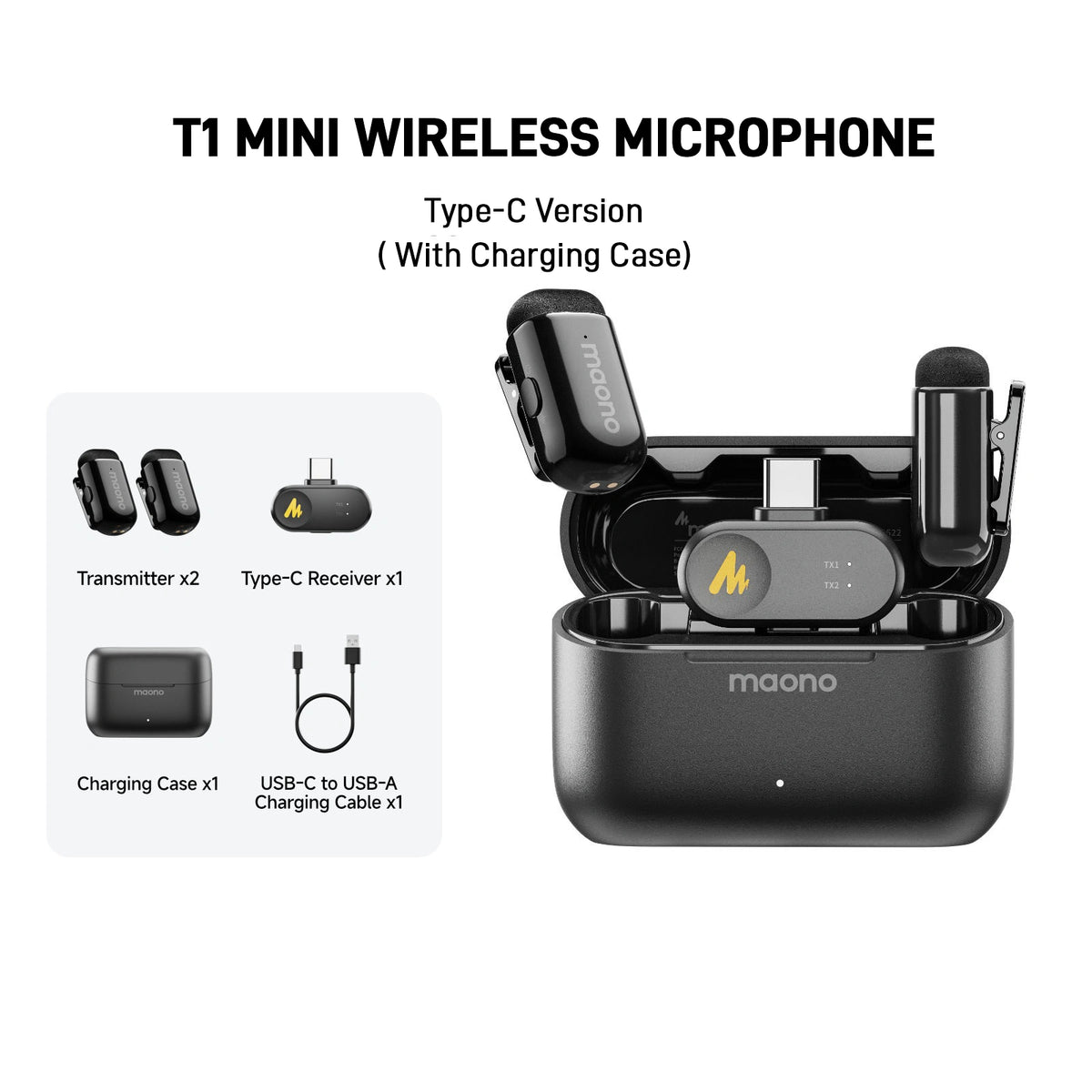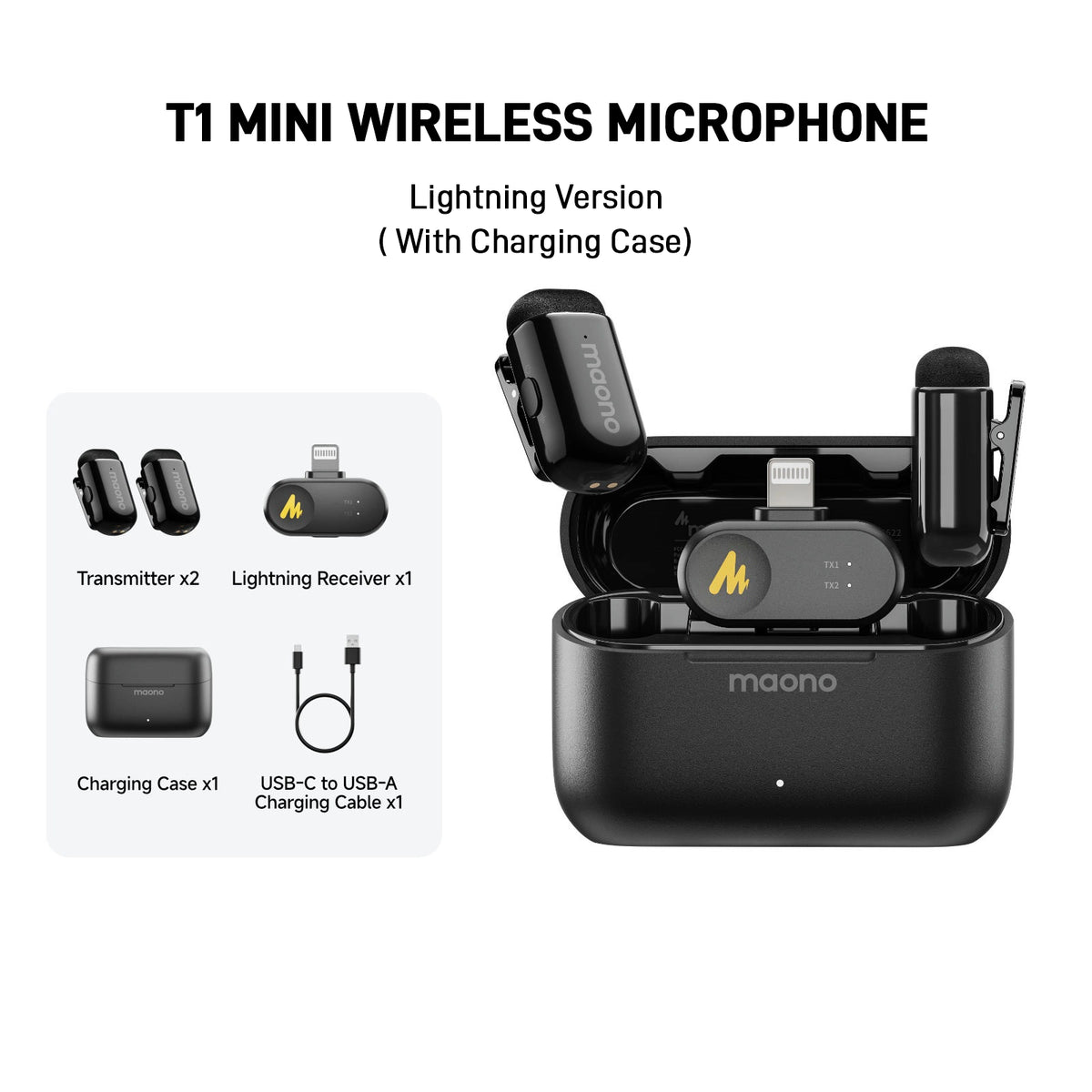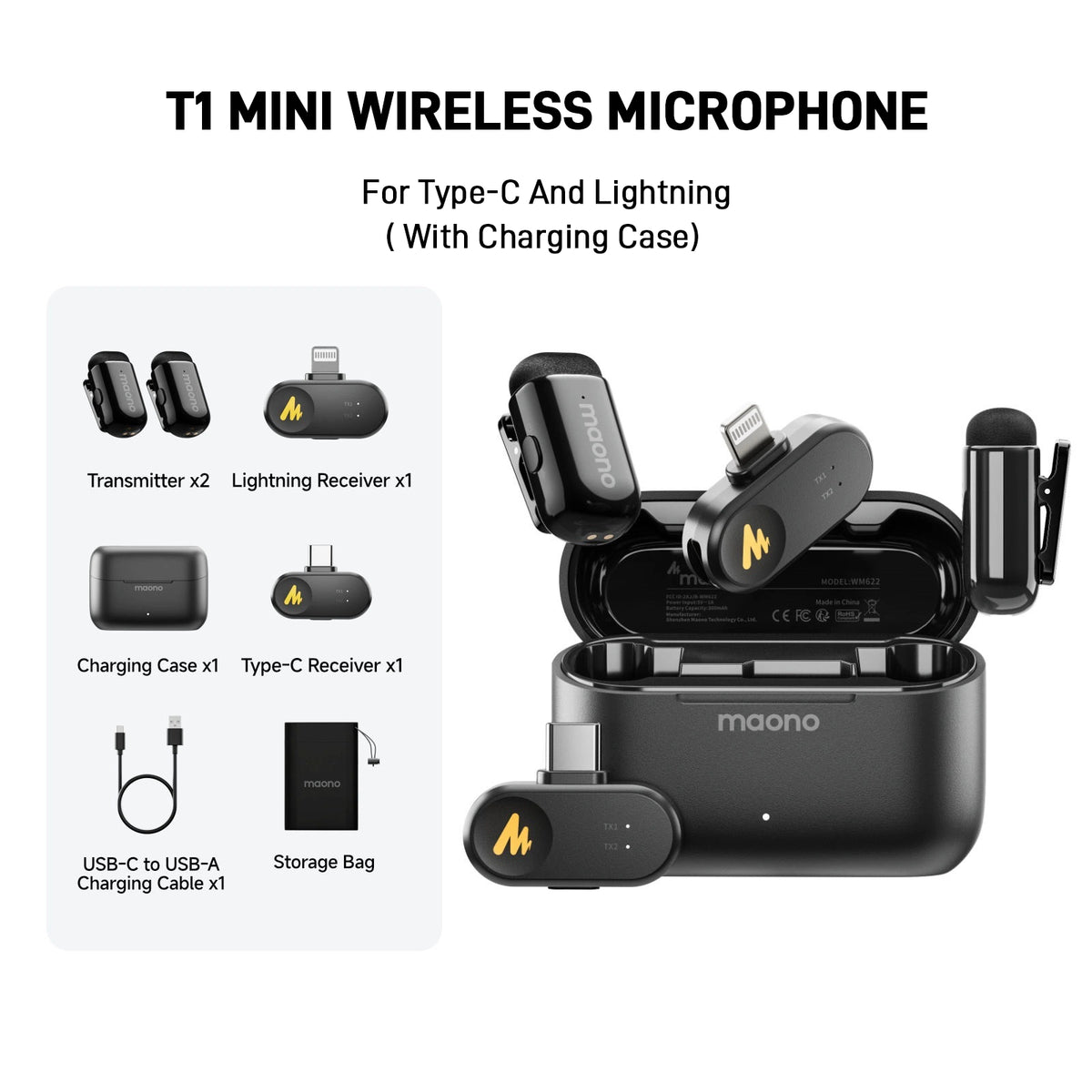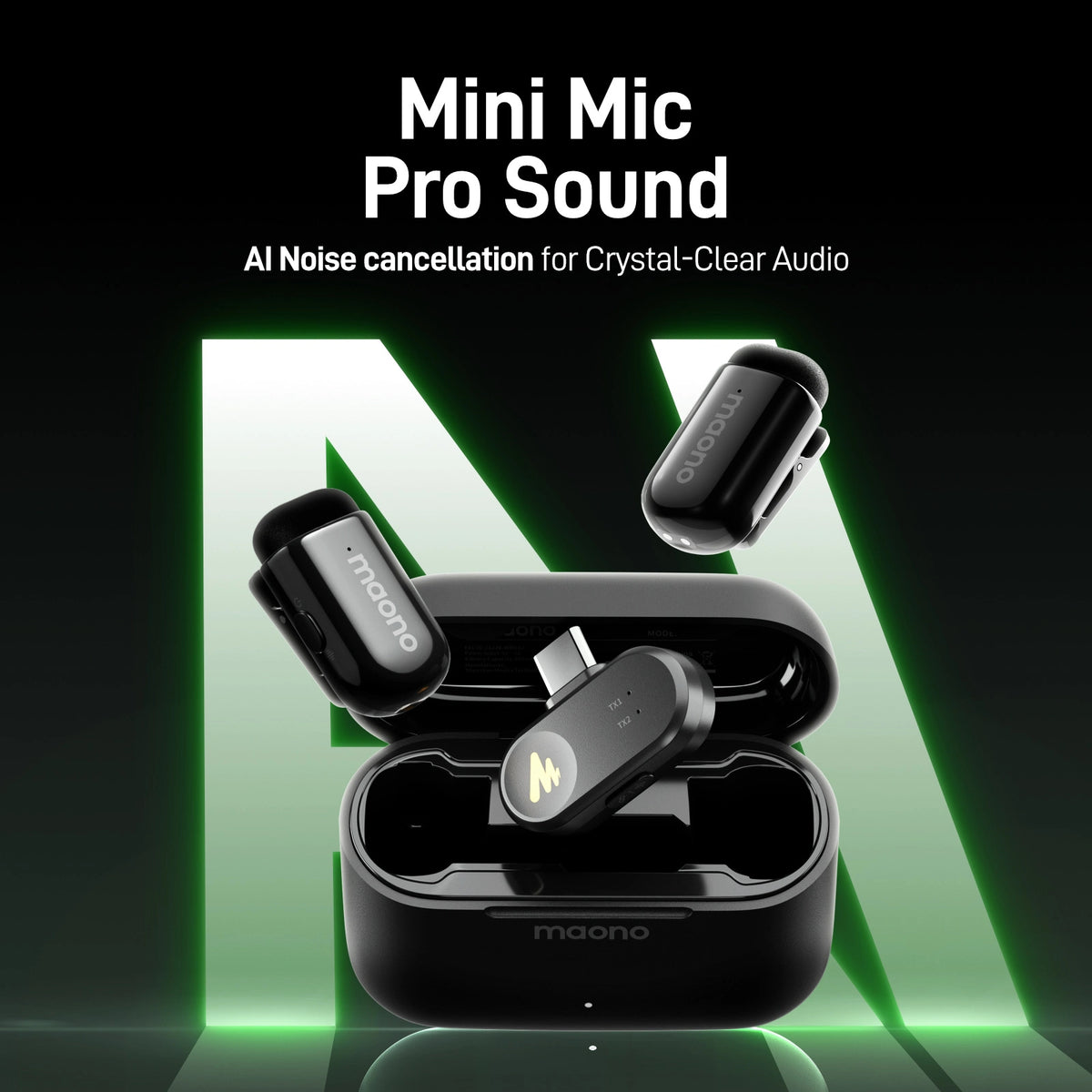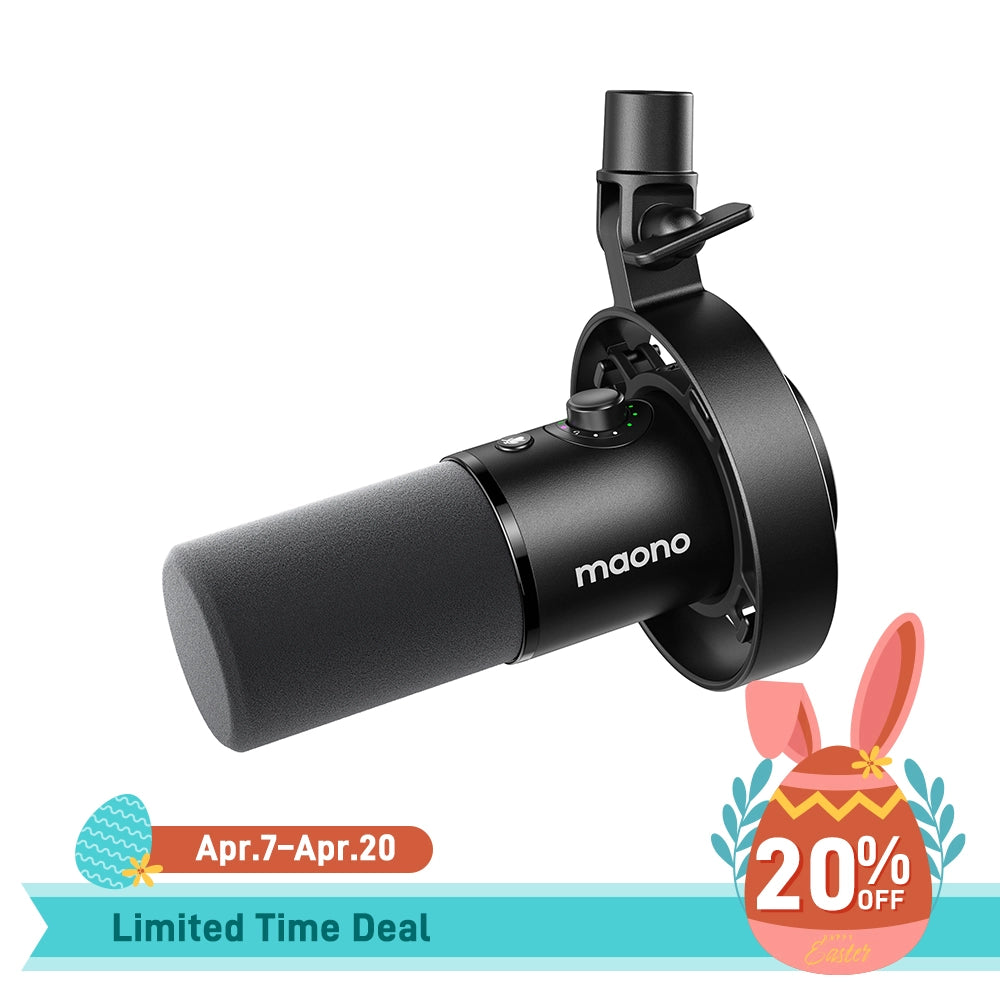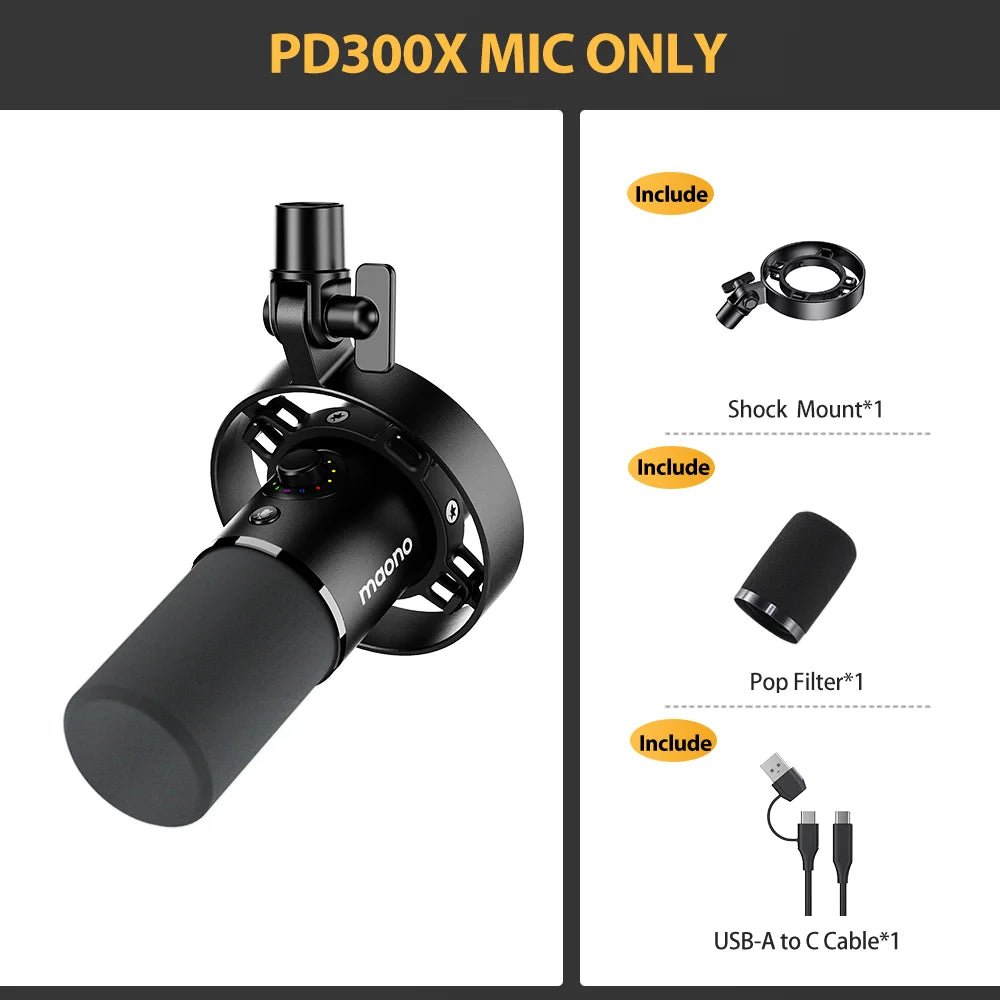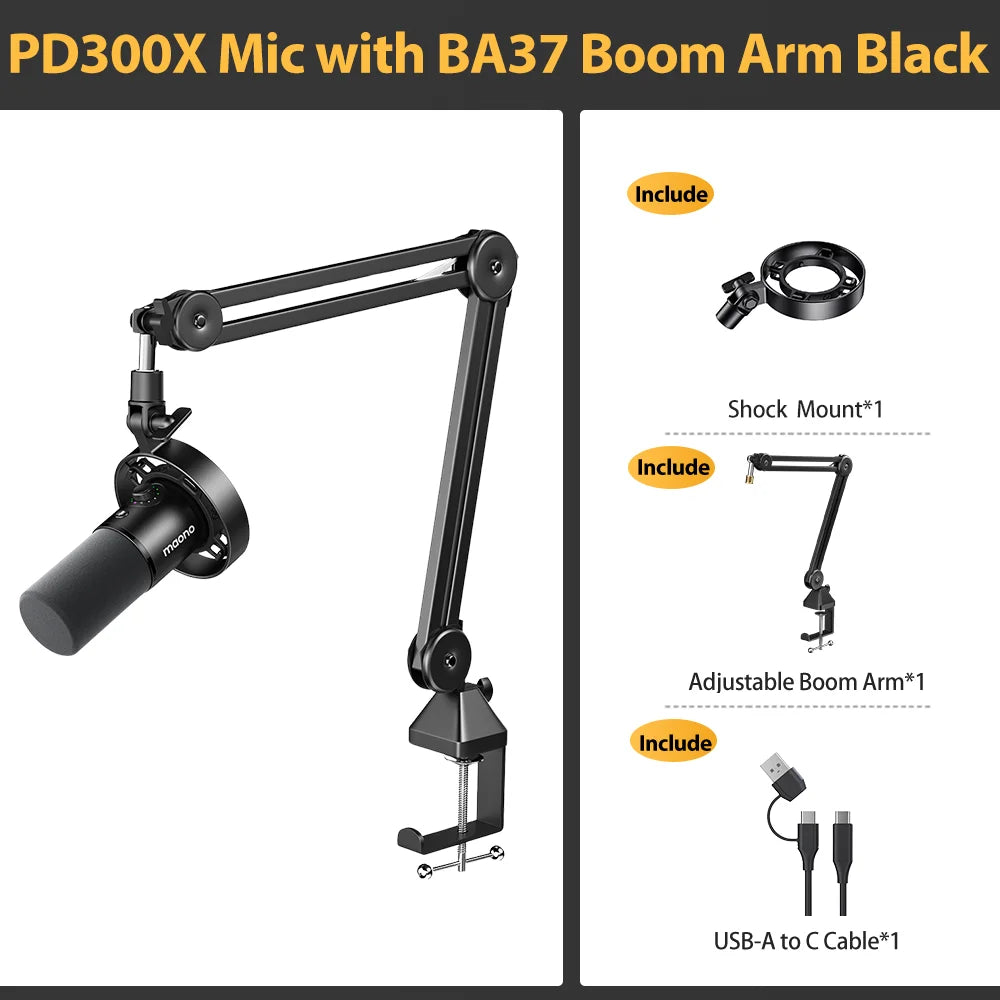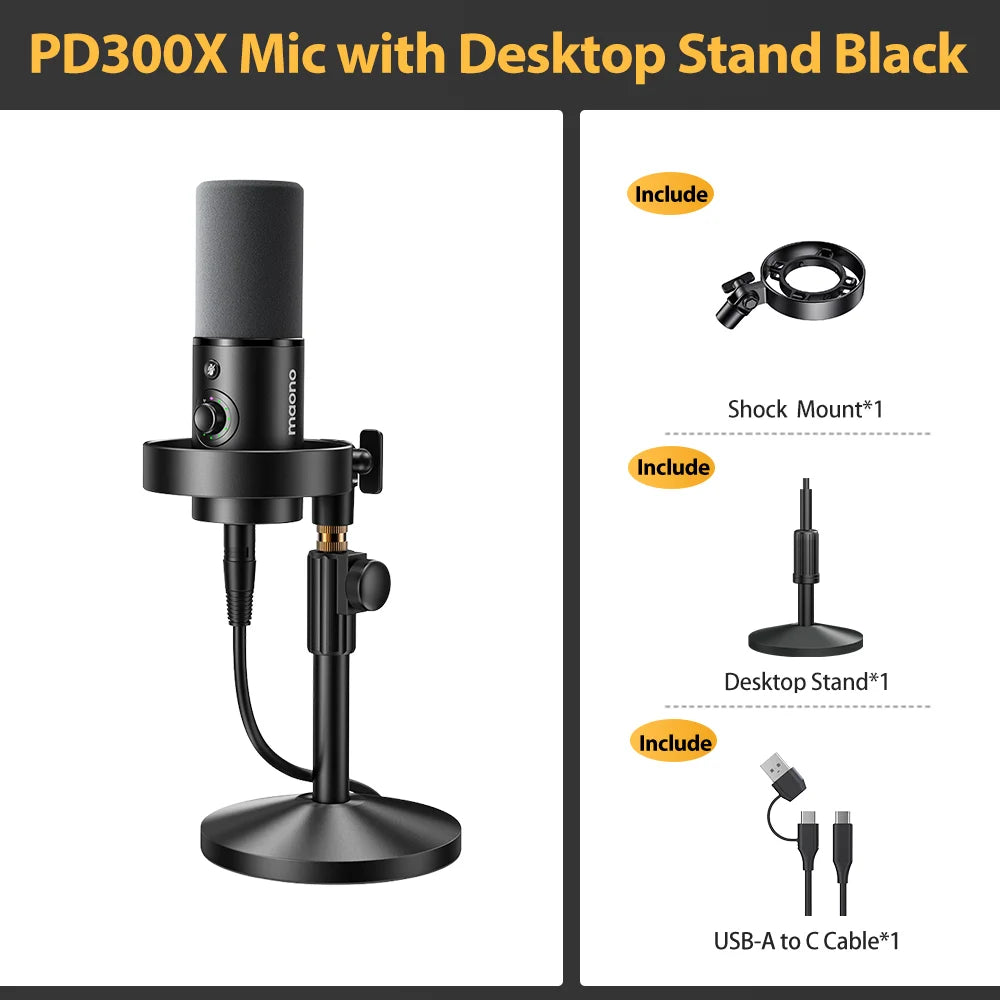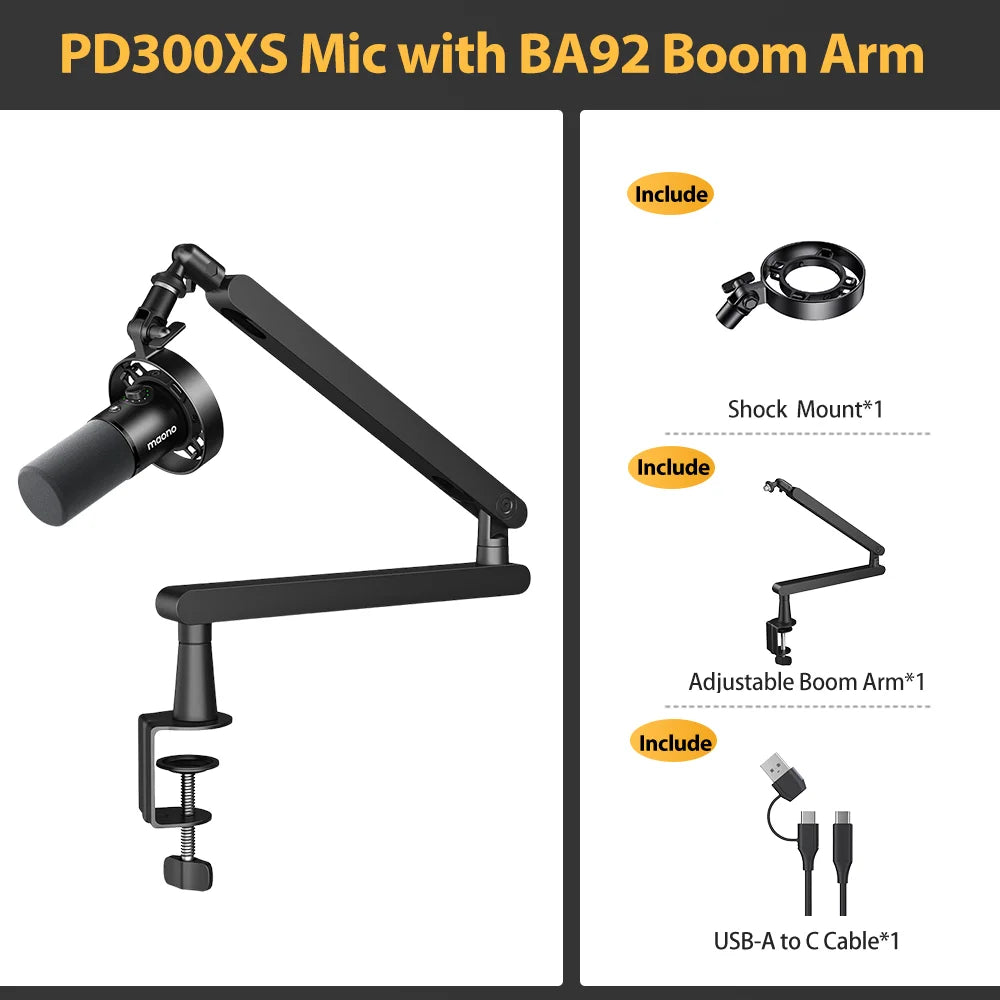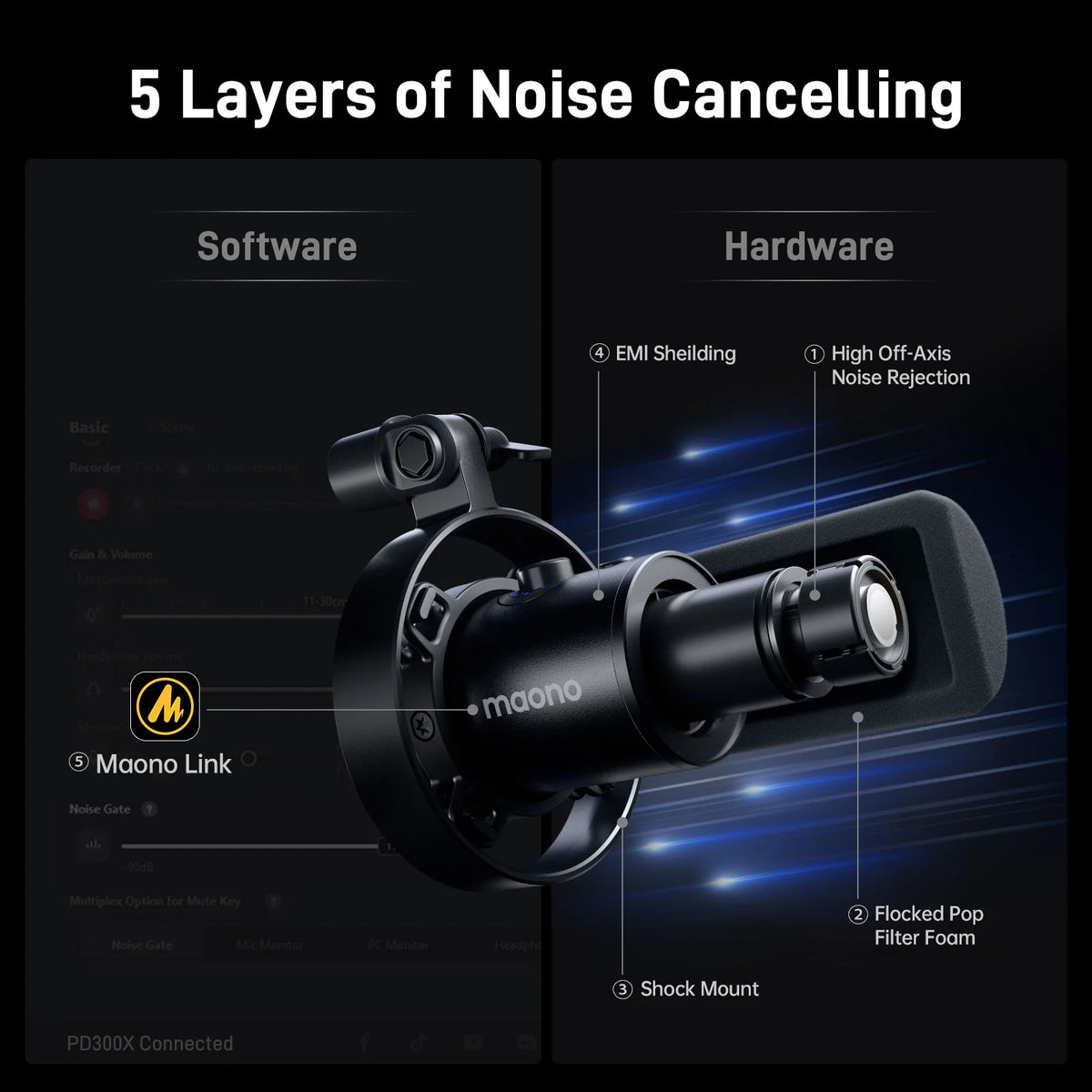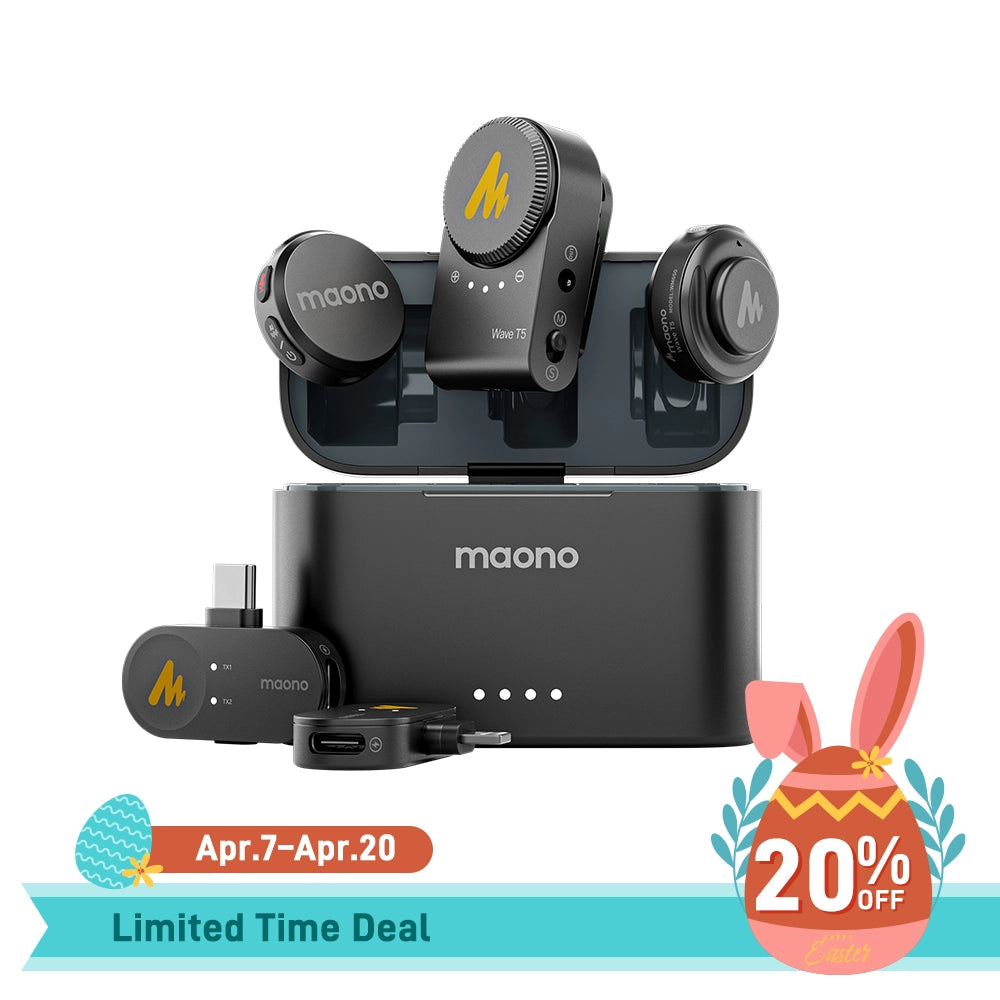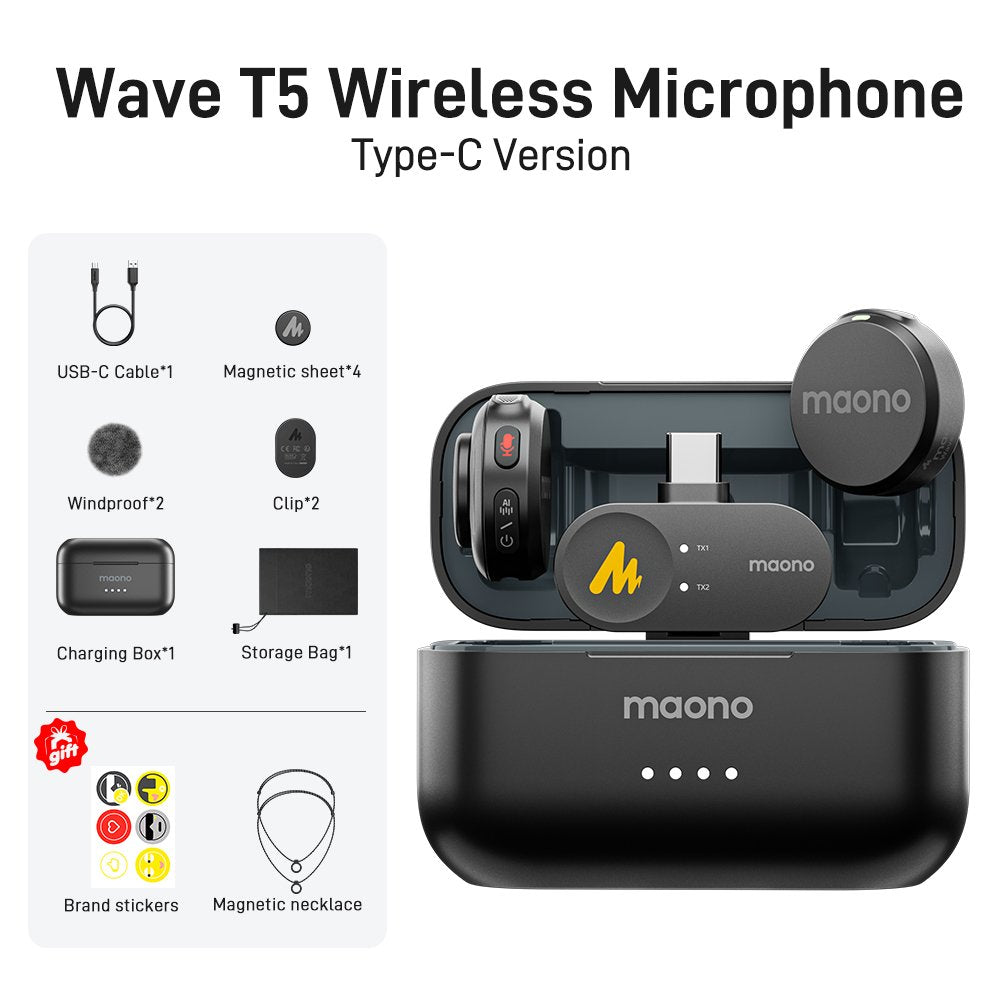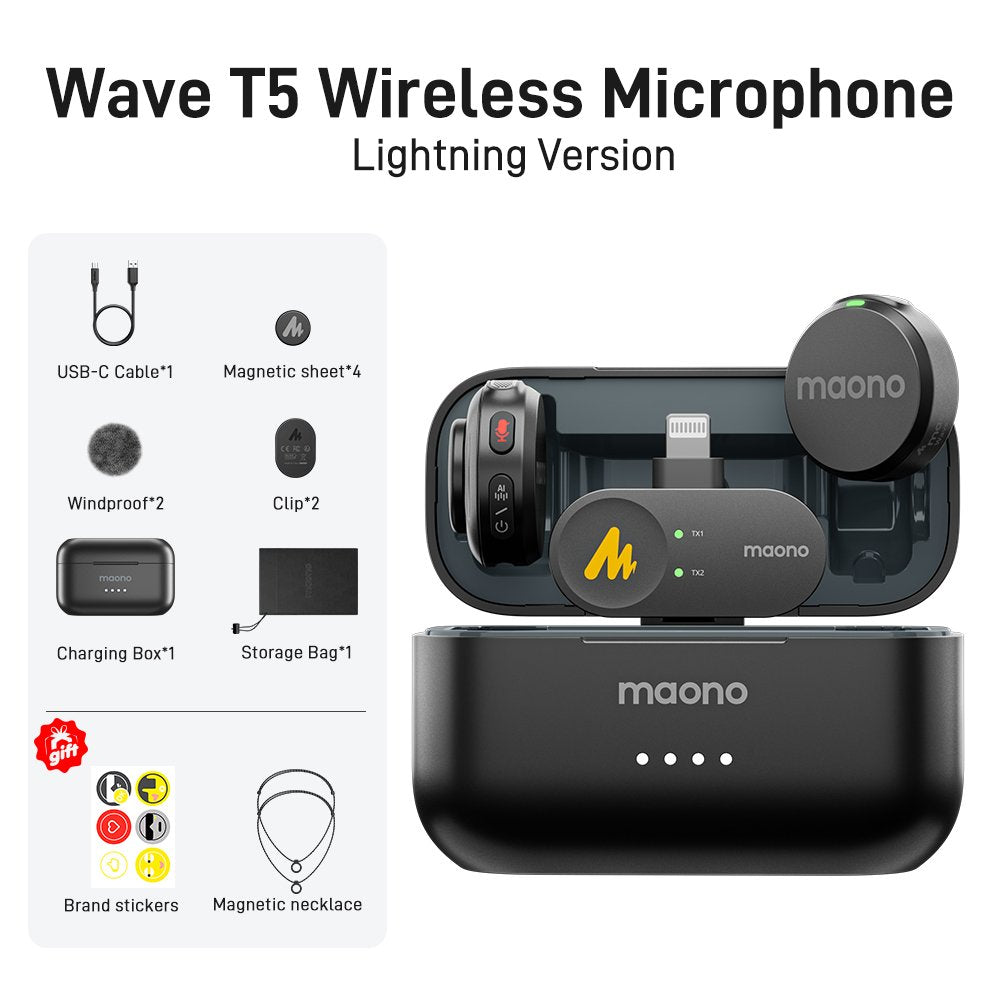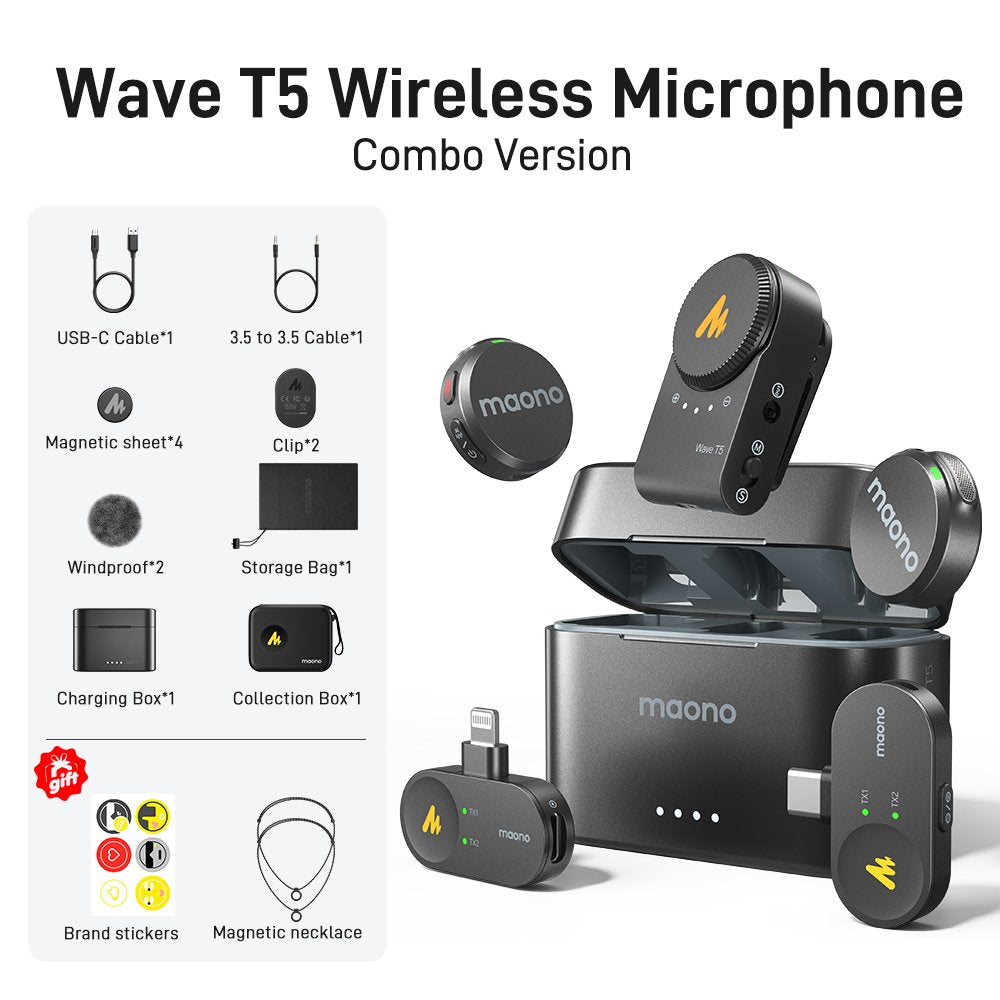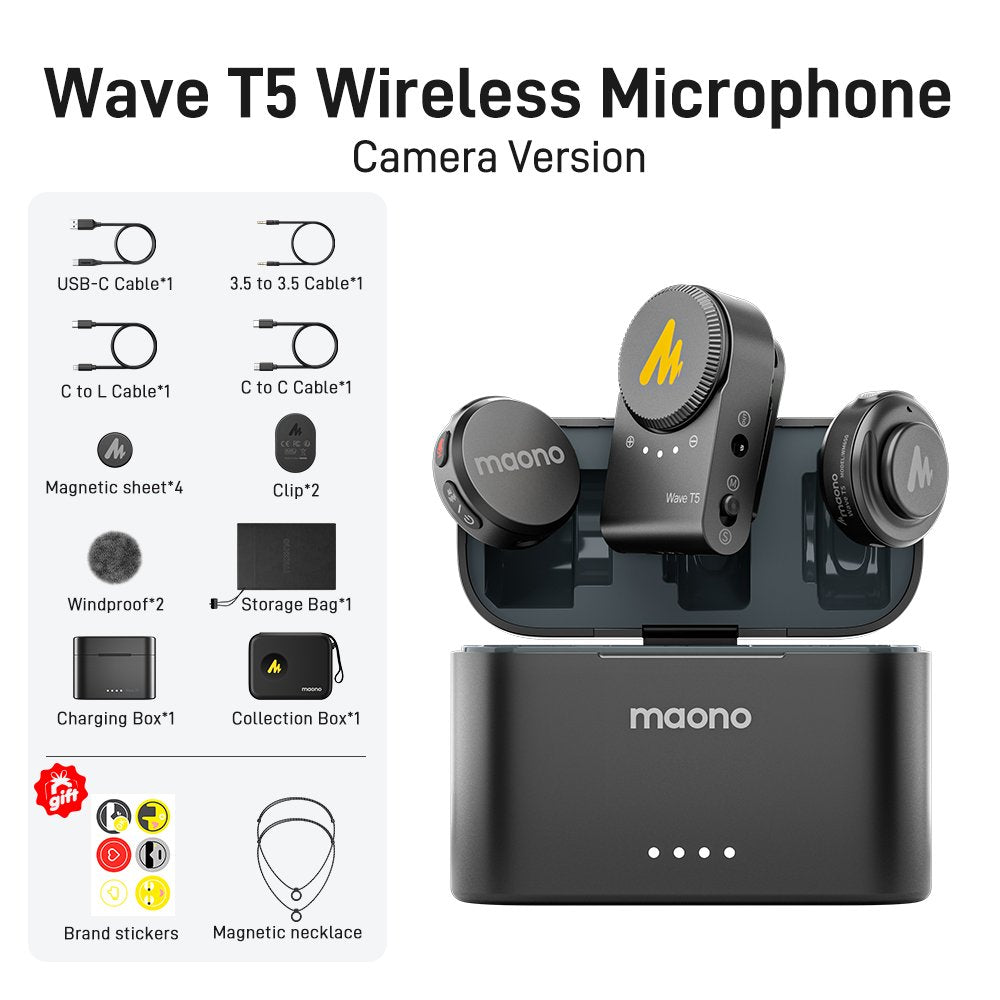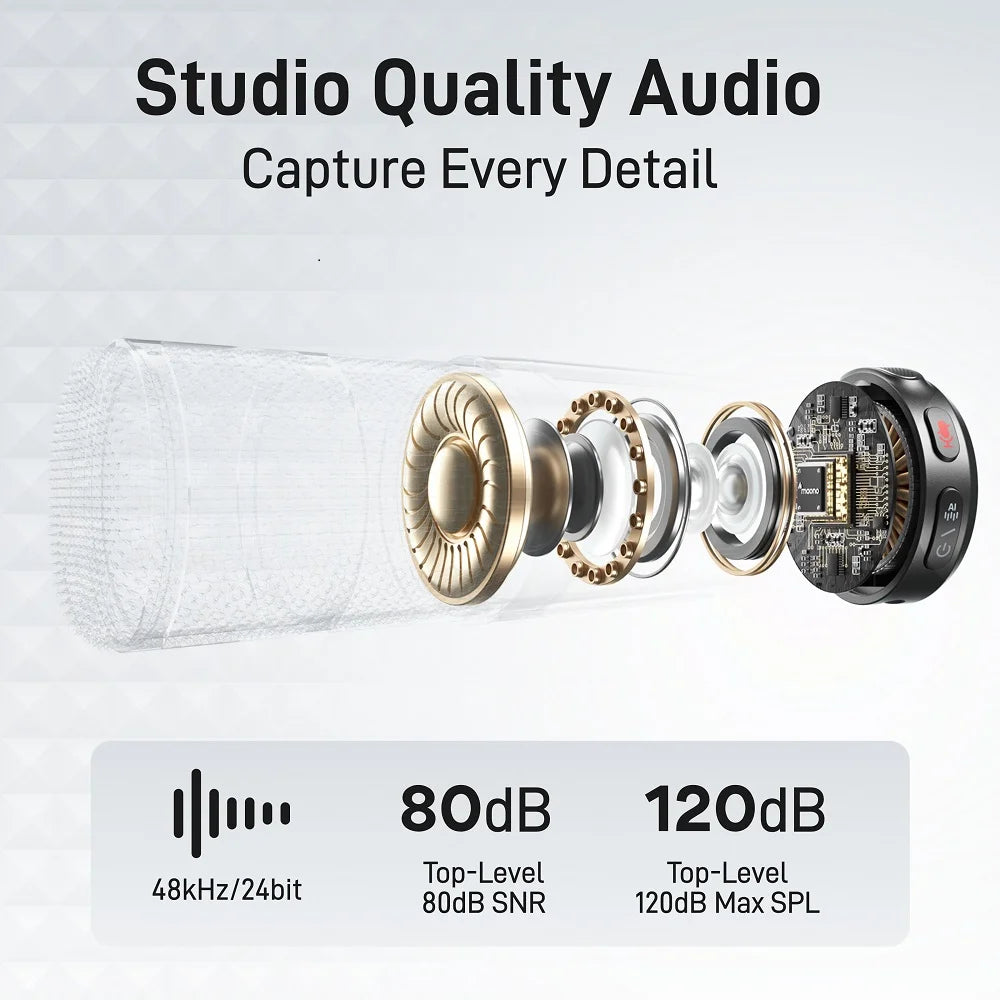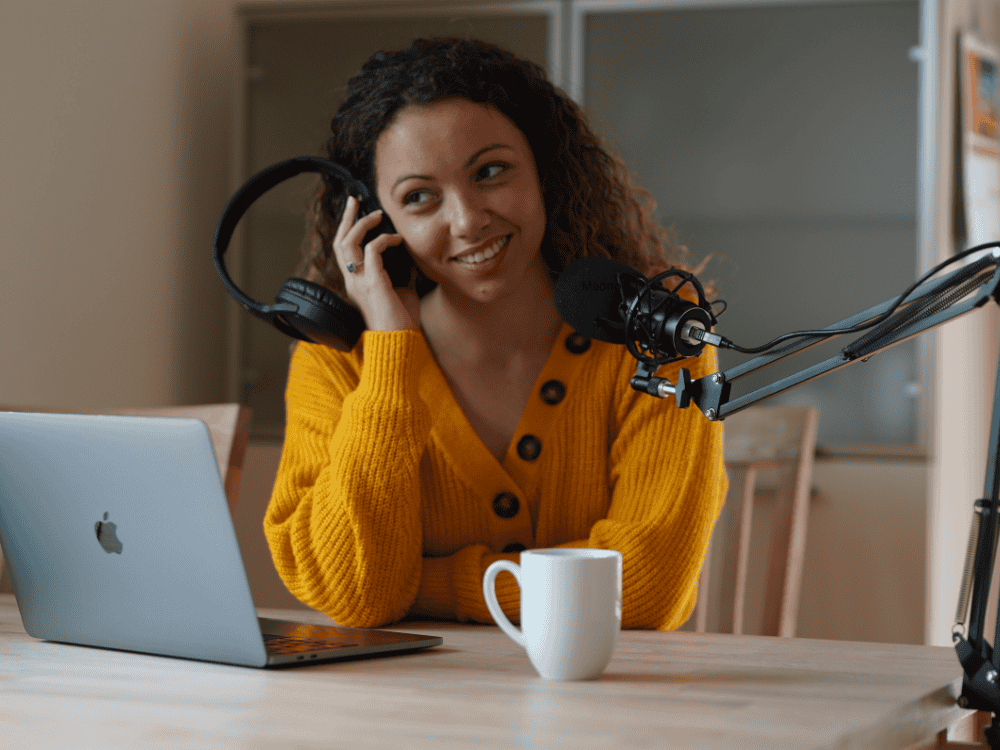Introduction
A great podcast starts with great audio, and the right podcast mics can make all the difference. Whether you're sharing expert insights, interviewing guests, or hosting discussions, choosing the best mic for podcasting ensures your voice is clear, professional, and engaging. But with so many options available, how do you find the perfect mic for your needs? Let's explore the top USB and XLR picks to help you sound your best.
What is the Role of Microphones in Delivering Engaging Podcast Content?
A high-quality podcasting mic is one of the most essential elements of a successful podcast. It captures your voice with clarity, ensures that your message is heard, and helps create an engaging listening experience. Whether you are sharing knowledge, interviewing guests, or discussing trending topics, the right mics for podcasting enhance your delivery, making your podcast sound professional and polished.
USB vs. XLR Podcast Mics: Which One is Better for Podcasting?
When selecting podcast mics, one of the first decisions you’ll face is choosing between USB and XLR models. USB microphones are convenient and easy to set up, making them perfect for beginners and solo podcasters. They connect directly to your computer, eliminating the need for additional equipment.
On the other hand, XLR microphones offer superior audio quality and more flexibility in professional setups. They require an audio interface or mixer but provide greater control over sound levels, making them ideal for serious podcasters and multi-person recordings. Ultimately, the choice depends on your podcasting mic needs, budget, and technical expertise.
How Do You Choose the Right Podcasting Mic for Your Audio Needs?
When selecting the best mic for podcasting, consider the following factors:
-
Polar Pattern
Cardioid microphones are ideal for solo recordings as they focus on capturing sound from the front while minimizing background noise. Omnidirectional mics pick up sound from all directions, making them suitable for roundtable discussions.
-
Frequency Response
Look for a mic with a balanced frequency response to ensure clear and natural audio reproduction.
-
Connectivity
Choose between USB for simplicity or XLR for enhanced control and scalability.
-
Budget
Set a budget that aligns with your needs. USB mics for podcasting are generally more affordable, while XLR mics require additional investments in audio interfaces and accessories.
What Microphone Would You Recommend for Podcasts Involving Two People, with a Budget of $90-$150?
For two-person podcasting mic setups within a budget range of $90-$150, two excellent options from Maono stand out:
Maono PM500 (XLR Microphone)
-
Type: XLR condenser microphone
-
Polar Pattern: Cardioid
-
Features: Wide frequency response, low self-noise, studio-grade sound quality
-
Best For: Podcasters who want an affordable yet professional-grade XLR mic for high-quality recordings.
The Maono PM500 is an XLR condenser microphone that’s ideal for studio recording like podcasting, live streaming, etc. It also uses a cardioid pickup pattern and noise duction technology to come up with excellent results in audio recording.
Maono PM422 (USB Microphone)
-
Type: USB condenser microphone
-
Polar Pattern: Cardioid
-
Features: Built-in pop filter, gain control, mute button, plug-and-play functionality
-
Best For: Beginners or those looking for an easy-to-use, high-quality USB microphone for two-person podcasting.
The Maono PM422 USB condenser microphone is the perfect choice for aspiring content creators/YouTubers, podcasters, and the like. Its cardioid pickup pattern is responsible for capturing the nuance and every detail of sound making it clear, rich, and detailed.
Both options offer exceptional audio quality while fitting within the budget, making them great picks for aspiring podcasters.
What Are the Tips for Recording a Podcast in a Noisy Environment?
Recording in a noisy environment can be challenging, but the following tips can help improve sound quality:
-
Use a Dynamic Microphone: Dynamic microphones are less sensitive to background noise compared to condenser microphones.
-
Choose a Cardioid or Supercardioid Pattern: These best podcast mic options focus on capturing sound from the front while rejecting ambient noise.
-
Record in a Quiet Space: Minimize background noise by recording in a sound-treated room or using soft materials like carpets and curtains to absorb sound reflections.
-
Use a Pop Filter and Windscreen: These accessories help reduce plosive sounds and unwanted noise.
-
Adjust Mic Placement: Position the podcast mic for iPhone close to your mouth to capture clear and direct audio while minimizing external noise.
FAQs:
How Do You Improve Your Podcast Audio Quality with the Right Microphone?
-
Invest in a Quality Microphone: A good USB or XLR microphone with the right polar pattern enhances clarity.
-
Use Proper Mic Techniques: Maintain a consistent distance and avoid speaking too closely to prevent distortion.
-
Utilize Audio Processing Software: Post-production tools can help refine audio quality by removing noise and balancing levels.
What is the Ideal Mic Setup for a Two-Person Podcast?
-
Use Two Separate Microphones: Each person should have an individual microphone to ensure clear and balanced audio.
-
Consider an Audio Interface (for XLR Mics): If using XLR mics for podcasting, an audio interface with multiple inputs is essential.
-
Position Mics Correctly: Keep microphones at an optimal distance to prevent audio bleed and maintain clarity.
-
Use Headphones: This helps monitor audio levels and minimizes background noise pickup.
How Do I Properly Set Up My Podcasting Microphone?
-
Choose the Right Mic Stand: A boom arm or adjustable stand helps position the microphone comfortably.
-
Set Up a Pop Filter: Reduces plosive sounds and improves vocal clarity.
-
Adjust Gain and Volume Levels: Avoid distortion by setting gain levels appropriately.
-
Test Before Recording: Conduct a quick test to ensure optimal sound levels and clarity before starting your podcast.
Final Thoughts
Selecting the best podcast mic is crucial for delivering high-quality content. Whether you opt for a USB microphone like the Maono PM422 for its ease of use or an XLR option like the Maono PM500 for superior audio control, investing in the right mic enhances your podcast’s overall production value. Sharing information with your followers and gaining a huge audience requires professional sound and not mediocrity–that is if you want to keep your audience and gain new ones who want to keep on listening to your podcasts and how good you sound (plus the quality information you provide). By following proper setup and recording techniques, you can achieve professional-grade sound, even in challenging environments.
With the right podcast mics, a solid setup, and a quiet recording space, your podcast will sound clear, professional, and engaging to your audience.


